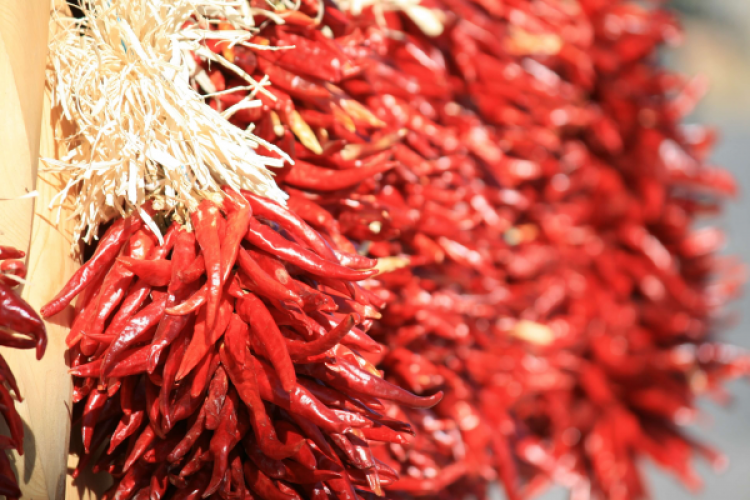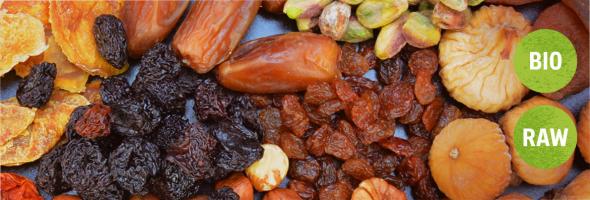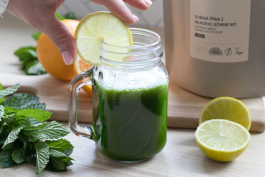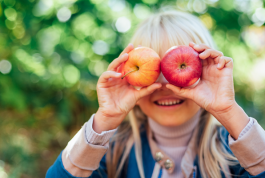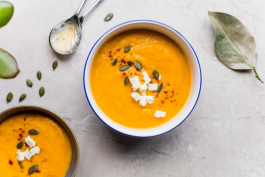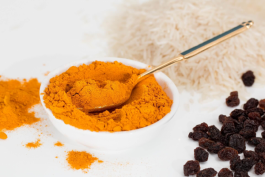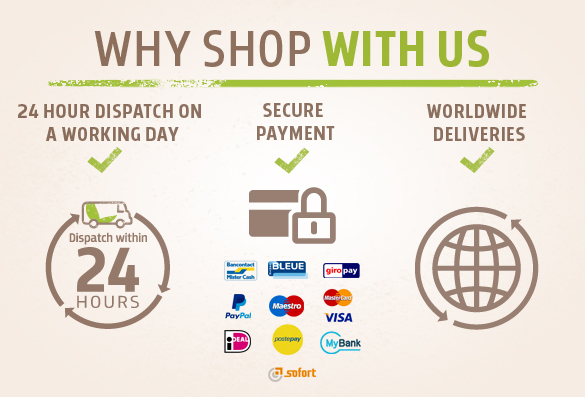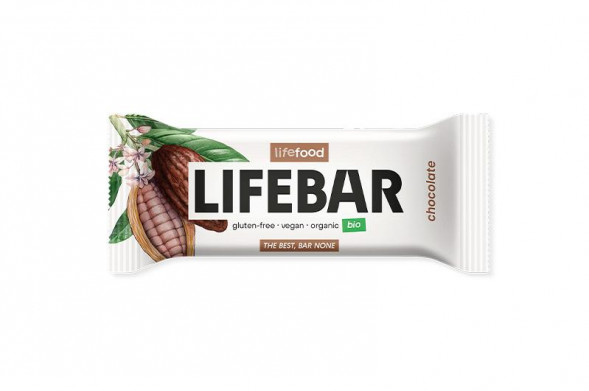If one follows the natural course of a raw food diet, then at some point, one may wonders what is actually really raw and what is not? This is relatively clear with fresh fruits and vegetables. You buy everything raw and eat it unheated. But what about dried fruits? How are these supposedly raw-tasty treats (with dried fruit as an ingredient) actually produced? Are they not heated at all? Let us share some insight with you!
Originally, the dried fruit comes from the Middle East. The drying of fruit was the first natural conservation of food. Grapes, dates or even figs fell from the vines or trees and were dried by the heat of the sun. At the time, all this happened in a very natural way, without any influence from us humans. But what about today?
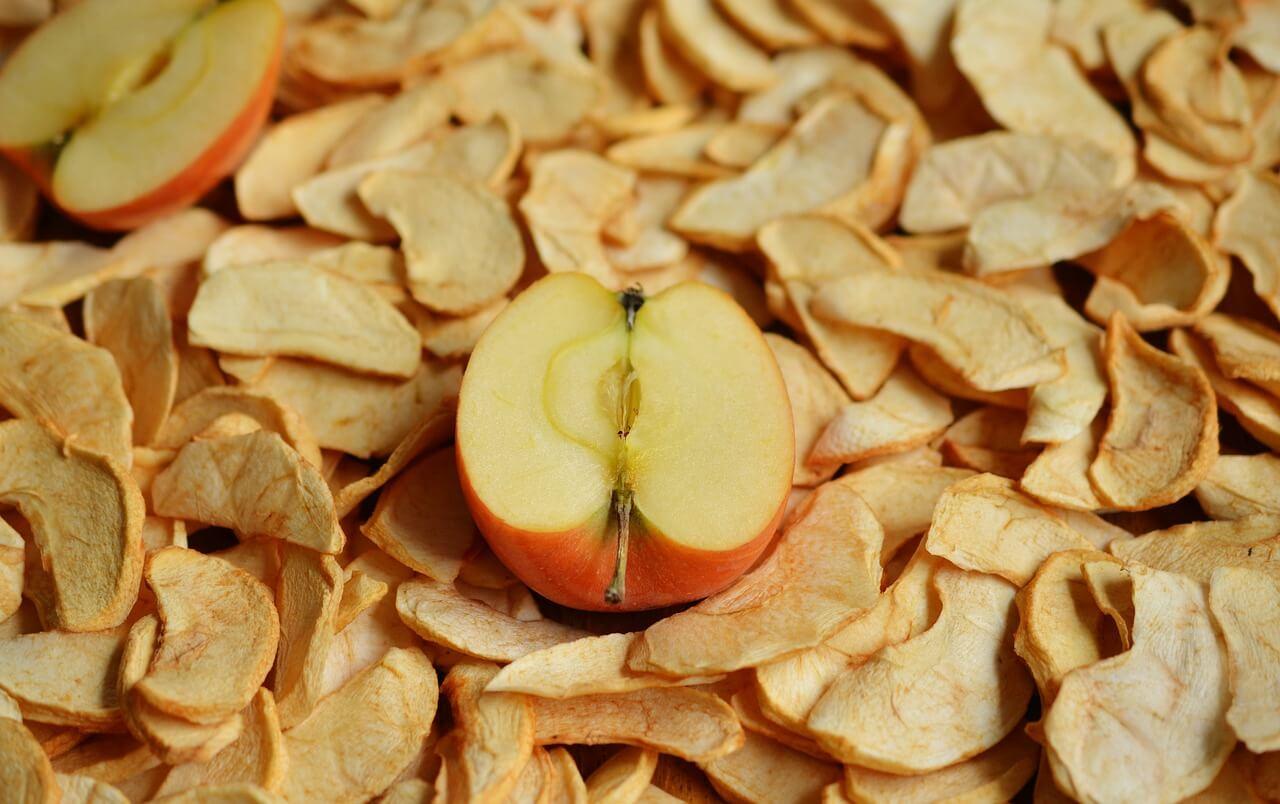
Raw food quality at Lifefood
All ingredients at Lifefood are 100% raw and in the best organic quality possible. All our products are also lactose-free, gluten-free, vegan and really raw. Starting with our raw-delicious treats, our Lifebars, our black Botija olives, and even our raw vegan protein powder - they are all raw.
All Raw food is not necessarily raw
However, not all companies follow the same principles. Unfortunately, many supposedly "raw" products do not turn out to be raw after extensive research. Even though the processing is often below the 45°C limit, the ingredients in processed raw food products are most often not raw.
This means that raw chocolate is only raw if the manufacturing process happens below the critical temperature and at the same time all ingredients are raw at the beginning of processing. For raw chocolate, for example, look for raw cocoa butter, raw cocoa beans, and raw sweeteners (such as raw agave syrup or raw dates on our Lifefood chocolates).
Only in combination with a processing process below 45°C the end product can actually be labeled as raw. However, as the products are not always in raw food quality, but are falsely labeled as such, there is only one option: contact the manufacturer and ask for details!
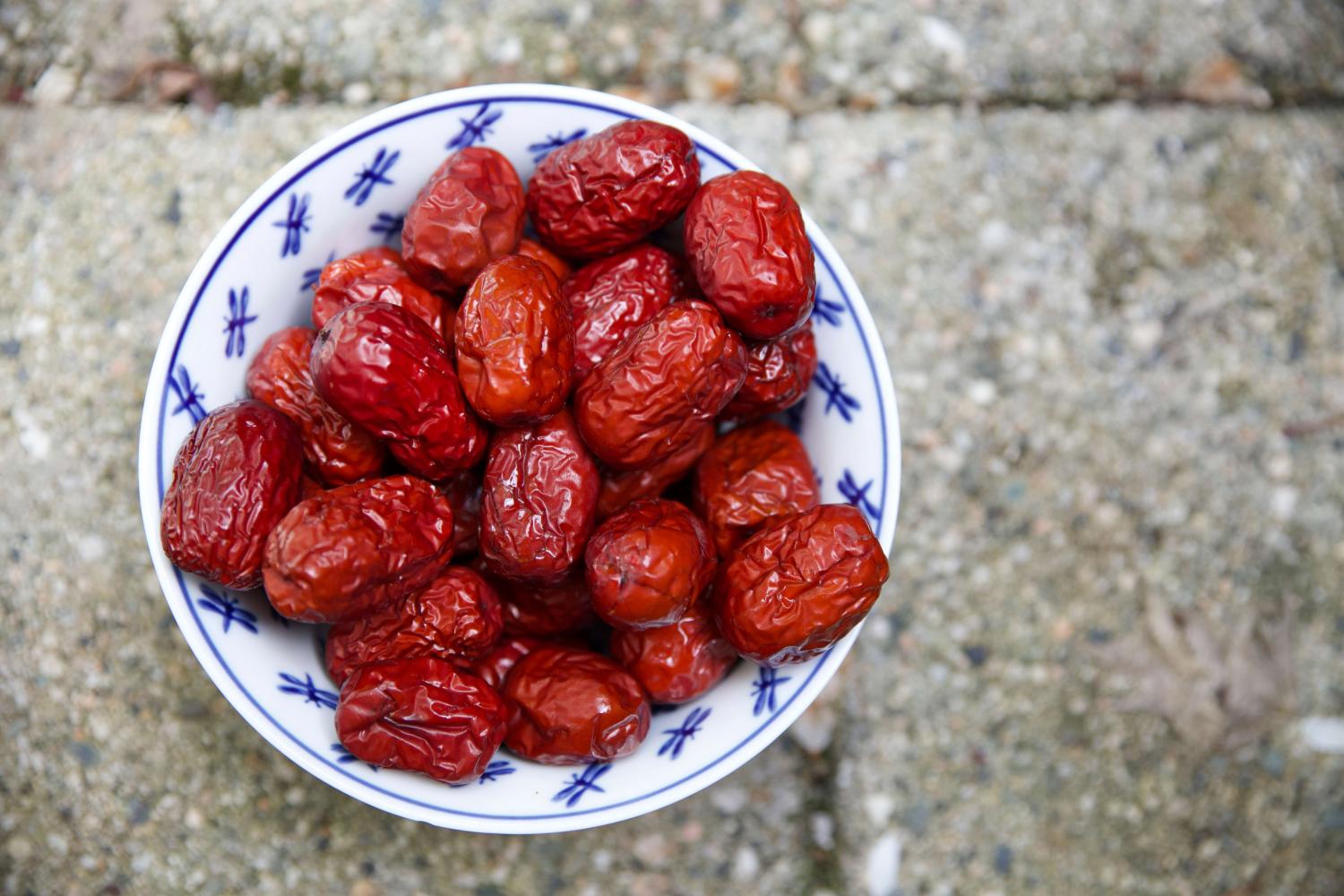
Is sun-drying considered raw?
Back to the dried fruits!
In some areas like the Mediterranean, fruits dry on trees, in temperatures of over 45°C. Thus, one might think that fruits which are hanging on the tree and drying naturally in the sun and in the fresh air are no longer considered as truly raw.
However, in the raw food scene, sun-drying has become established as the most natural way of drying (because initially, this was the first drying method), and therefore it is also accepted that some dried fruits have been exposed to temperatures more than 45°C. The dried fruit will still be considered as raw.
As long as the fruits are still hanging on the tree, they are protected. This means maximum nutrient content and minimal impact from the outside - the result is a gentle drying process and a product in perfect raw food quality.
Many of our products dry exactly this way - gently, in the fresh air, under the warm sun. Our raw sun-dried tomatoes are thus containing all the valuable nutrients and flavours of the Mediterranean summer.
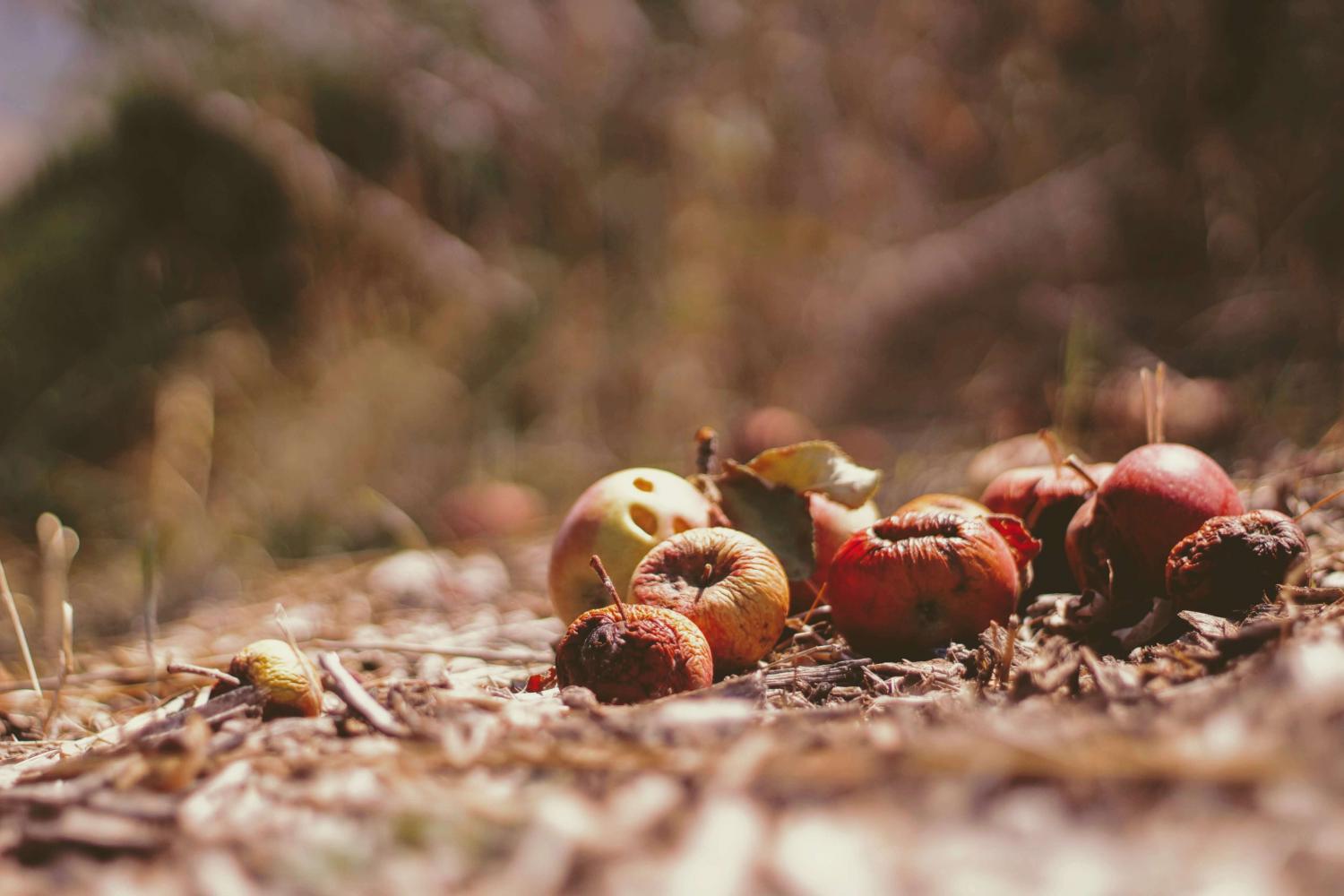
What should be considered when buying raw products?
Unfortunately, the industry is often set to produce as inexpensively and profitably as possible - to the detriment of consumers. Whether vitamins and minerals are lost is secondary here. It would also be possible to implement other ways of drying (gentle process under 45°C) but this takes extra effort for businesses.
It is also very important to make sure when making a purchase that dried fruits have not been sulphurised or steamed during the process. Both require high temperatures (often in the range of 65-70 degrees Celsius), leading to a significant loss of nutrients.
However, these nutrients are precisely what we want to preserve in a raw food diet, to benefit our body. So first, take a closer look at the back of the packaging and have a thorough read of the labels. Then make sure you choose products from the brand or company you trust.
Another important criterion is the quality of the fruits. Organic products should be your first choice because they are free of genetic engineering - thus guaranteeing that they will be the best possible option for your body.
Lifefood guarantees the best raw food quality
At Lifefood, we pride ourselves on providing the highest quality products to our customers. We produce and sell raw, vegan, gluten-free products in organic quality and we are convinced that you can recognise this in the taste.

